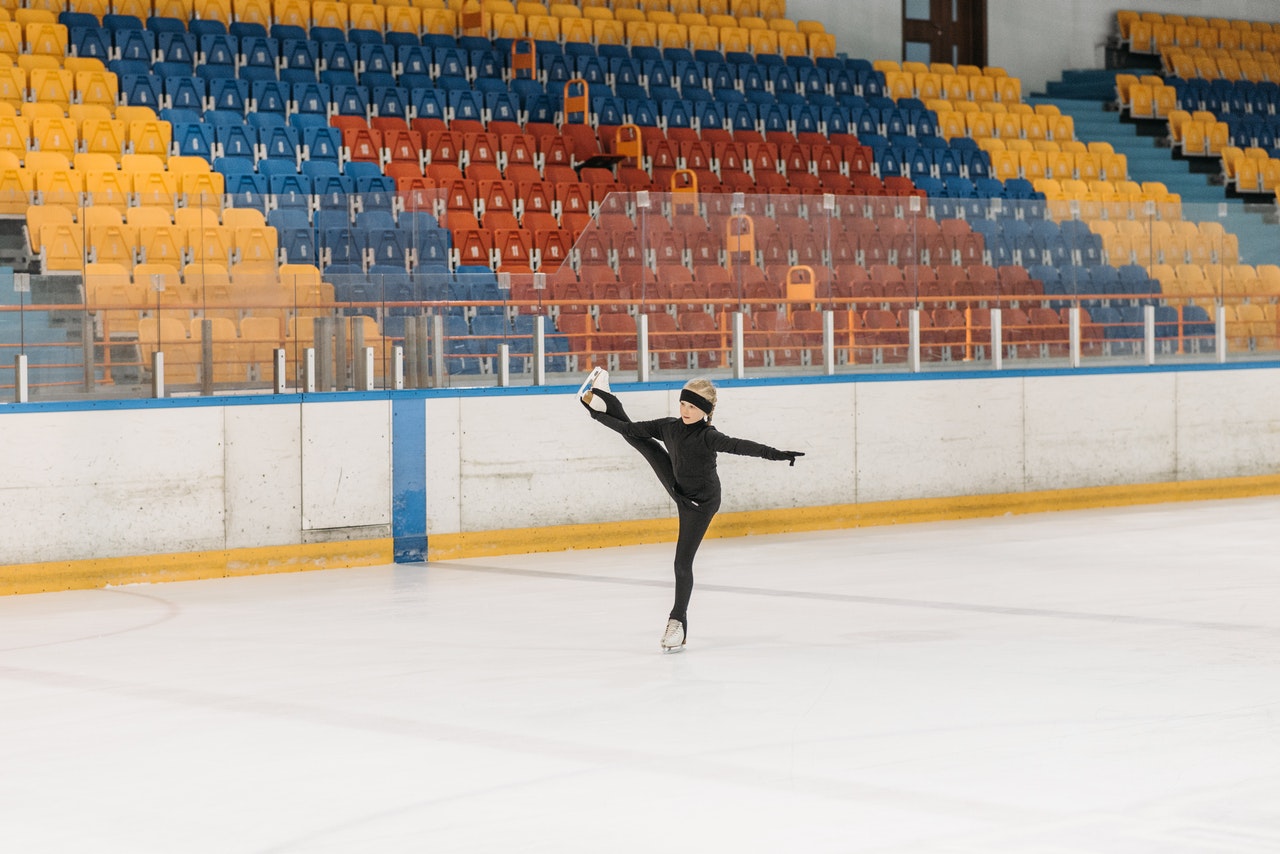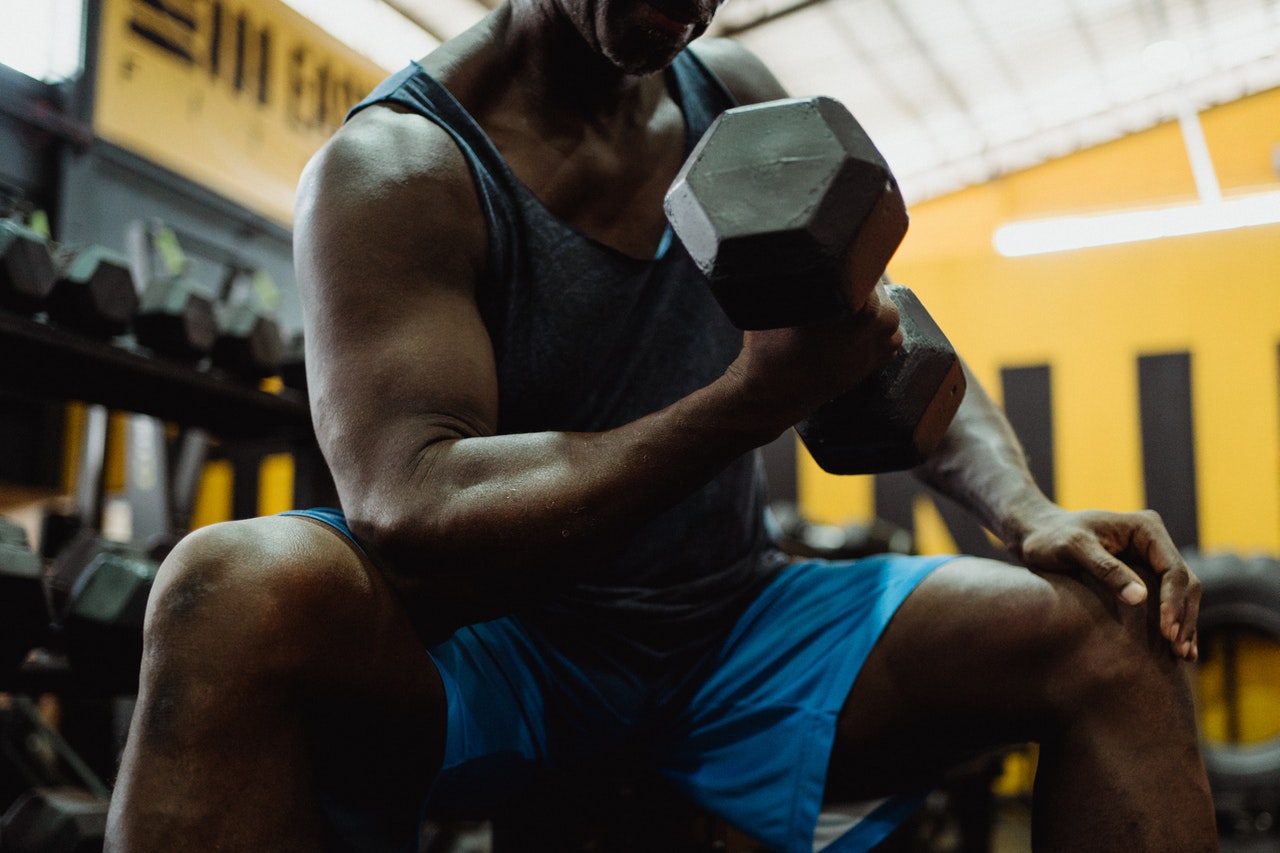There are numerous great reasons to lift weights. Strength training can help you to lose fat and build lean muscle mass, which is vital when it comes to maintaining a healthy weight. The strength you gain will benefit you in all areas of your life, including in any other fitness activities such as running or playing team sports. All athletes, no matter their sport, should incorporate some element of resistance training into their workout regimen.
Lifting weights also helps to improve your balance and flexibility, boost your confidence as you rise to challenges and overcome them, and lower your blood pressure. One study even showed that weightlifting can have a positive impact on arthritis pain. In other words, it’s a fantastic all-round activity for people at all stages of their health journeys.
But weightlifting also comes with some risk. Since lifting involves progressively testing and overloading your muscles, you are at risk of muscle tears and sprains. Conditions like tendonitis (a swollen or inflamed tendon) are also a real concern. At the most extreme end of the spectrum, weightlifting accidents can even cause broken bones.
These injuries can be painful and can seriously slow down your progress or even stop you from training altogether while you recover. But with a little know-how, you can avert weightlifting injuries. Read on to learn how.

Don’t Fear the Weights: Lifting Makes You Stronger
Whether they are just starting out on their fitness journey or considering adding strength training to a cardio fitness program, many people shy away from lifting weights because they fear injury. But since lifting weights regularly makes you stronger, in the long run it can actually help reduce your overall risk of injury. That’s one reason that professional athletes in all disciplines make time for strength training.
The most important factor in avoiding injury is to ensure that you are lifting with proper form. Working with a personal trainer, even for just a few sessions so they can show you the basics, is a great way to make sure you are lifting in a safe and effective way. If personal training isn’t in your budget, consider asking a more experienced friend to be your gym-buddy and guide you through your first session or two.
Do not fear the weight room. With a few sensible precautions and the right protective gear, weightlifting can be a safe and effective form of exercise. In the following sections, you’ll learn how to utilize wearable technology to help you minimize the risk of injury, recover more quickly, and reach your goals safely.
Use Wearable Technology Before You Get Injured
Many people turn to recovery garments and wearable technology only after they have sustained an injury from physical activity. But you can actually help to prevent weightlifting injuries before they happen by making use of these items every time you workout.
Any doctor will tell you that prevention is preferable to cure. And while using wearable technology does not entirely eliminate injury risk—nothing can do that—it is likely to significantly cut your risk or reduce the severity of an injury if one does occur.
Therefore, if you have not yet sustained a weightlifting injury, start using appropriate wearable technology now. Do not wait until you are already hurt.
Choose Different Recovery Wear for Each Muscle Group
The injuries you are at risk of sustaining depend on the muscle groups you are working out. Plan your gym sessions in advance and ensure that you have the right wearable items with you before you hit the weights.
For example, if you are focusing on arm workouts, you might choose to protect your wrists with a wrist sleeve or support your shoulders with a shoulder brace. On leg day, a hip brace or leg sleeve might be most appropriate.
Since Incrediwear wearable technology is lightweight, comfortable, and moisture-wicking, you can wear it throughout your workout under or alongside your regular gym clothes. You will barely even notice it’s there.
Use Recovery Wear After Your Workout
Incrediwear wearable technology is not just for wearing in the gym. You can also utilize it as recovery wear after your workout. How you take care of your body in the hours and days following a workout is almost as important as what you do in the gym when it comes to avoiding injury and maximizing progress.
Remember that your muscles may recover from a light weightlifting workout in as little as 24 hours, but that recovery from a more intense session can take two or three days. Therefore, consider wearing the appropriate recovery items in the days following a hard session.
The non-compression technology in our wearable products helps to bring more nutrients to your muscles and remove waste products more effectively, all of which is vital for efficient post-workout recovery.

Use Wearable Technology Alongside Other Treatment Methods
Since our wearable technology is non-invasive and works alongside the natural healing processes of your body, it can be combined with other forms of injury treatment.
For example, in the days following a weightlifting injury, you may be advised to take over-the-counter painkillers such as NSAIDs to treat the worst of your symptoms. And if your weightlifting injury does not heal quickly, you might make use of treatment options such as physiotherapy.
You can use your recovery wear alongside these and other medical interventions. Wearable technology can enhance healing and work in harmony with other methods without any negative effects.
Give Yourself Time to Heal
If you have sustained a weightlifting injury, you are undoubtedly keen to heal as quickly as possible and get back in the gym as soon as you can. But recovering from a weightlifting injury takes time and cannot be rushed. If you push yourself too hard or too fast, you will exacerbate the injury and have to take more time out in the long run.
Be consistent and use your wearable technology every day while you recover, and be as patient as you can be. Once you start working out again, keep using your wearable technology to protect the injured area and reduce the risk of the injury happening again.
Happy lifting!
Read more

Football is the most popular sport in the United States, with millions of participants across the country. Participating in a team sport like football has numerous benefits, from the physical bene...

When you think of ice-skating, you might think of those glamorous and elegant figure-skaters from the Olympic Games. But ice-skating is an incredibly diverse and popular sport that millions of peo...







Leave a comment
All comments are moderated before being published.
This site is protected by hCaptcha and the hCaptcha Privacy Policy and Terms of Service apply.